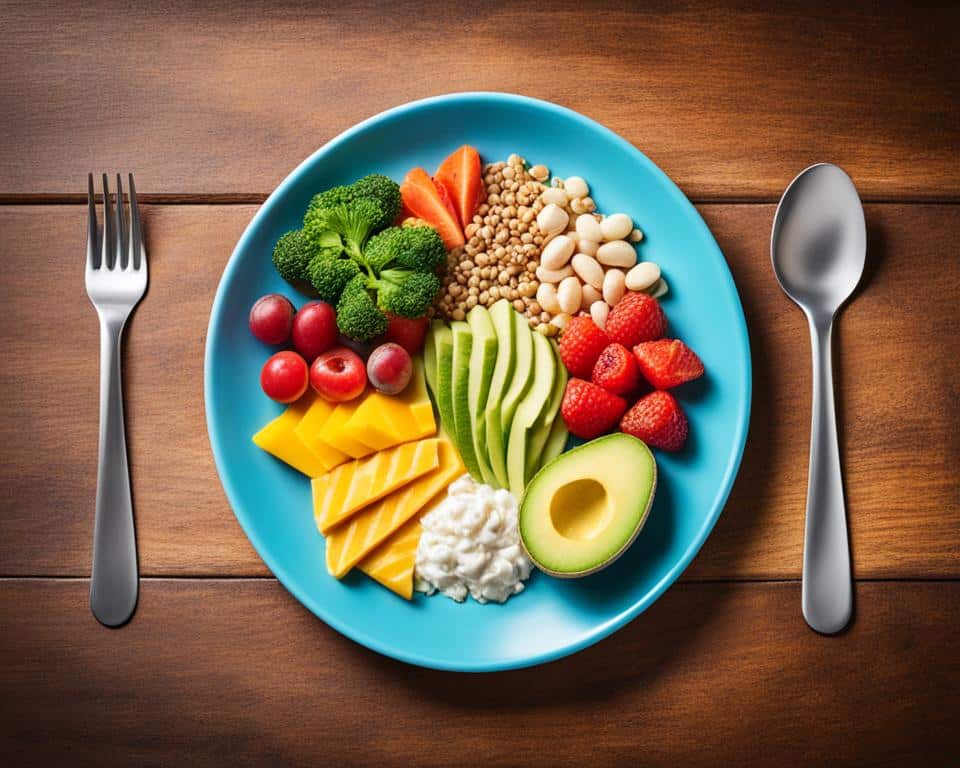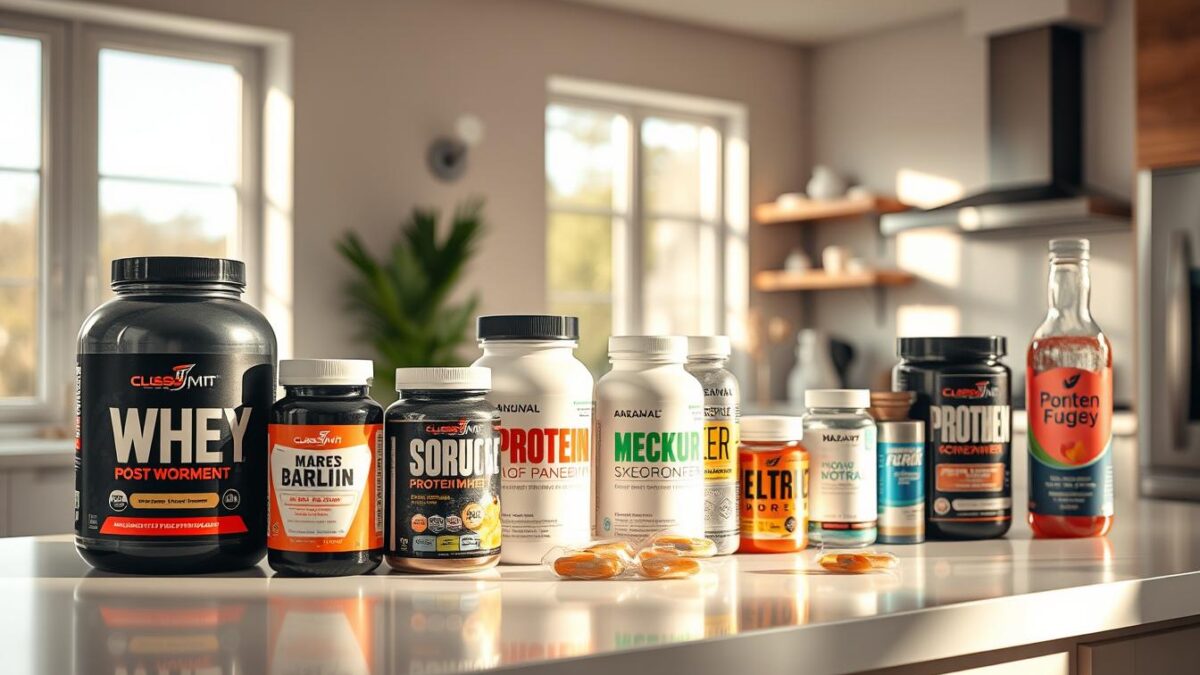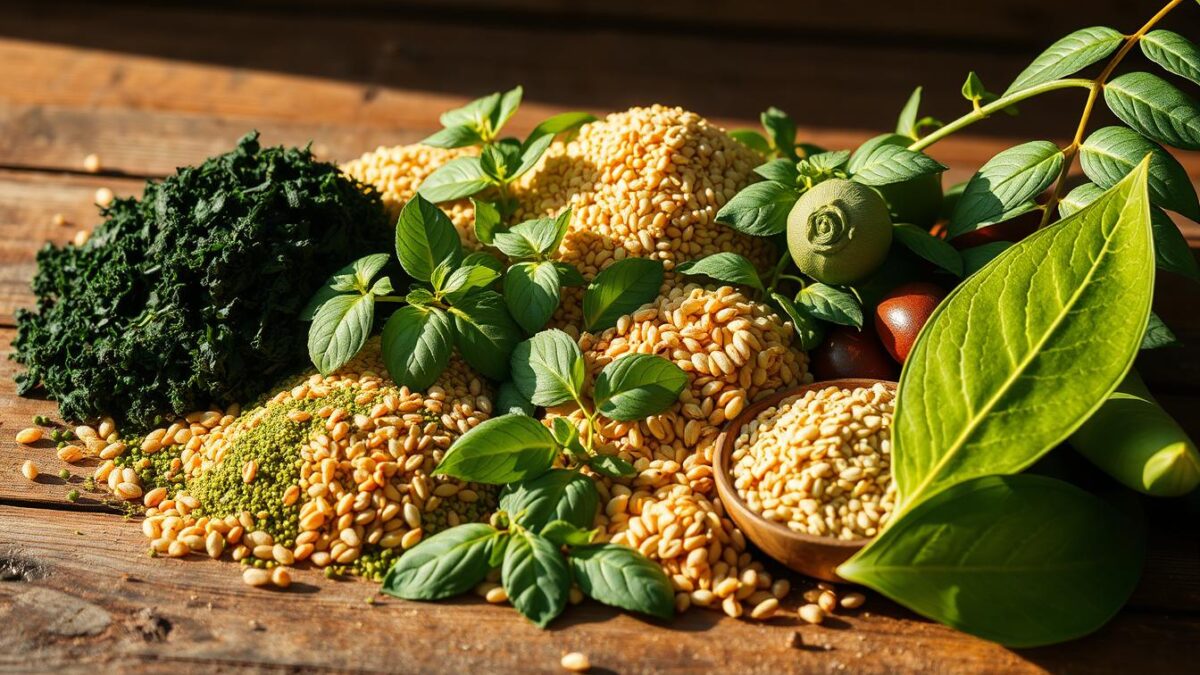
Mastering Recomposition in Weight Loss Journey
I’ll guide you through body recomposition, where you gain muscle and lose fat. These changes improve both your looks and overall health.
Tracking your transformation is about learning and adjusting. As a muscle-building mentor, I emphasize training quality and smart eating. You’ll see how workouts, meals, and rest lead to transformation.
I’m here to support you at every step.
Embrace body recomposition for a workout routine that boosts your health in unexpected ways. Prepare to focus on fat loss and muscle gain for transformative change.
Key Takeaways
- Understand body recomposition as gaining muscle while losing fat.
- Recognize that any workout can lead to significant changes in body composition.
- Realize the importance of tracking progress beyond the scale.
- Learn that proper nutrition is crucial in supporting muscle gain and fat loss.
- Align workouts, meals, and rest for optimized body recomposition results.
- Appreciate that a holistic approach is key for sustainable health benefits.
Exploring the Fundamentals of Body Recomposition
Let’s delve into the art of body recomposition. It’s all about achieving the perfect body and maintaining the right balance between losing fat and keeping muscle. This journey isn’t just about losing weight. It’s about changing your body’s shape by gaining muscle and losing fat. I’m here to help you navigate through this process for a stunning transformation.

The Importance of Fat Loss Over Simple Weight Reduction
Targeting fat loss is crucial, not only to look good but for your health too. It’s more than just seeing a smaller number on the scale. Losing fat increases your body’s efficiency. Muscle mass plays a big role in your metabolism, making fat loss essential in body recomposition.
Understanding the Balance Between Muscle Preservation and Fat Loss
Losing fat while keeping muscle is tricky but doable. It’s about eating right and following a good strength training plan. Regular strength workouts and proper rest help prevent muscle loss and can even build more muscle.
| Activity Type | Frequency | Duration | Benefits |
|---|---|---|---|
| Strength Training | 2-3 sessions/week | 20-30 minutes | Improves strength, muscle mass |
| Moderate Aerobic Activity | 150 minutes/week | Spread throughout the week | Enhances cardiopulmonary health |
| Vigorous Aerobic Activity | 75 minutes/week | Combine with moderate activity | Increase endurance, faster fat loss |
The Department of Health and Human Services suggests 150 minutes of moderate or 75 minutes of vigorous activity each week. Mix in physical activity every day. Consistency in your exercise routine leads to better muscle maintenance.
Success in body recomposition takes time, patience, and effort. With the right strength training techniques, you can lose fat and build muscle. Let’s get to work and achieve that ideal physique where fat is lost and muscles are defined.
The Role of Diet in Recomposition in Weight Loss
Knowing how diet impacts body recomposition is key for reaching sustainable weight loss goals. It’s more than eating less; it involves smart eating choices. As your guide in muscle-building, I aim to help you find the best macronutrient ratios for you.

The balance of proteins, carbs, and fats is crucial for transforming your body. This balance is backed by science. Studies like one found at macronutrient ratios show the real impact of diet.
Optimizing Macronutrient Balance for Effective Transformation
Carbs are actually good for muscle health. They should be 30-35% of what you eat, fueling your workouts. Protein is just as important, making up about 30% of your diet. It helps repair muscles and keeps your metabolism strong.
Fats shouldn’t be ignored as they help with hormones. They need to be 30-40% of what you eat. Having the right balance of these nutrients is crucial for body recomposition.
Demythifying Meal Frequency and Its Effects on Recomposition
The debate on meal frequency is ongoing. But it’s more vital to meet your daily calorie and protein needs. It’s not about eating more often, but eating right.
Finding a meal frequency that suits your lifestyle is important. It can be three main meals or several smaller ones. What’s important is sticking to your nutrient and calorie goals. This approach will help you move towards your sustainable weight loss goals steadily.
Mastering Resistance Training Techniques for Sustainable Muscle Gain and Fat Loss
Resistance training is key to building muscle and losing fat. It’s a major part of fitness recomp strategies. Every time you lift weights, think of it as investing in your body. It makes you stronger and changes how your body looks.
Resistance training is more than a passing trend. Science shows it really helps in gaining muscle and losing fat. I will teach you not just the why but also how to keep track of your progress.
Starting resistance training might seem big, but it’s simpler than you think. Aiming for at least three workouts a week helps your muscles grow. It also boosts your metabolism. Remember, it’s not just how often, but the kinds of exercises you do that matter.
| Resistance Training Factor | Impact on Muscle Gain | Impact on Fat Loss |
|---|---|---|
| Frequency (Sessions/Week) | Enhances muscular strength and hypertrophy | Increases metabolic rate for improved calorie burn |
| Intensity (Load/Repetitions) | Stimulates muscle fibers leading to growth | Aids in the depletion of fat stores for energy |
| Volume (Sets x Reps x Weight) | Contributes to a more pronounced muscle definition | Supports greater caloric expenditure during and post-workout |
| Variety (Exercises/Modalities) | Prevents plateaus by challenging muscles in new ways | Promotes a more comprehensive body fat reduction |
Understanding the science behind muscle growth is fascinating. Resistance training boosts muscle protein synthesis through mTOR signaling. This is crucial for muscle buildup. It affects not just muscle but also bone density, showing our bodies’ amazing ability to adapt.
Transformation is more than what the scale shows. It’s about seeing and feeling muscle growth and fat loss. It’s noting all positives from your fitness journey. Let’s use these strategies for a healthier, tougher you.
Identifying Recomposition Strategies for Varied Fitness Levels
Body recomposition is not a one-size-fits-all process. Your fitness level plays a huge role in determining effective strategies for muscle gain and fat loss. This leads to real body changes. Think of the right approach as a tailor-made suit. It perfectly fits where your body is now and changes as you progress.
Approaches for Beginners versus Seasoned Athletes
For those just starting their fitness journey, your body is ready for change. Simple exercises and eating right can quickly boost muscle growth and fat loss. On the other side, experienced gym-goers need a detailed plan. Hitting the right protein target—2.3-3.1g per kilogram of body weight—is key for athletes on a tight diet to get the most out of their workouts.
Recommended Progress Tracking for Indicative Transformation Progress
Keeping track of your fitness journey is vital. It’s more than just celebrating achievements; it helps understand what works. Tweaking your calories on heavy training days can change how you use energy and recover. Paying attention to protein helps everyone, newbie or pro, keep muscle while losing weight.
| Fitness Level | Recomposition Strategy | Protein Intake | Caloric Adjustment |
|---|---|---|---|
| Beginner | Weight Training & Nutritional Adjustments | Beginner friendly | More on training days, less on rest days |
| Seasoned Athlete | Enhanced Resistance Training | 2.3-3.1g per kg of fat free mass | Tailored to daily activities |
Customized Recomposition in Weight Loss for Gender-Specific Goals
Weight loss is not a one-size-fits-all. It is vital to tailor your journey to your gender-specific goals. Women face unique challenges and benefits in gaining muscle and losing fat. Their hormones and metabolism play a big role in their fitness success. A balanced diet, with the right calorie deficit and plenty of protein, helps women transform gradually.
I am here to guide you through your body recomposition journey. Everyone’s genetics and lifestyle create a unique path. Some may find weight loss harder due to their genes, like the research by Jenkinson et al. (2000) suggests. But with personalized plans and consistent tracking, we can tackle these challenges together.
Factors like economic status also affect our weight loss journey, as Carden et al. (2019) found. We must look at every aspect of our lives to succeed in body recomposition. I promise to combine the latest genetic research with a focused, personal approach. Together, we will create a weight loss story that meets your gender-specific needs and improves your well-being.



